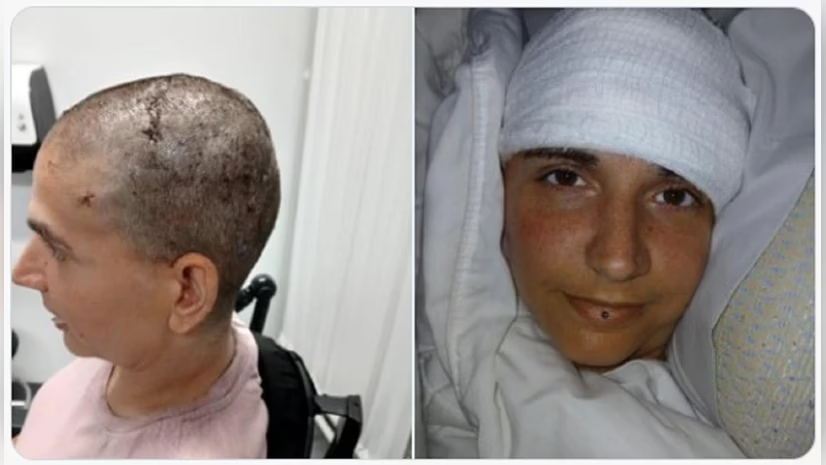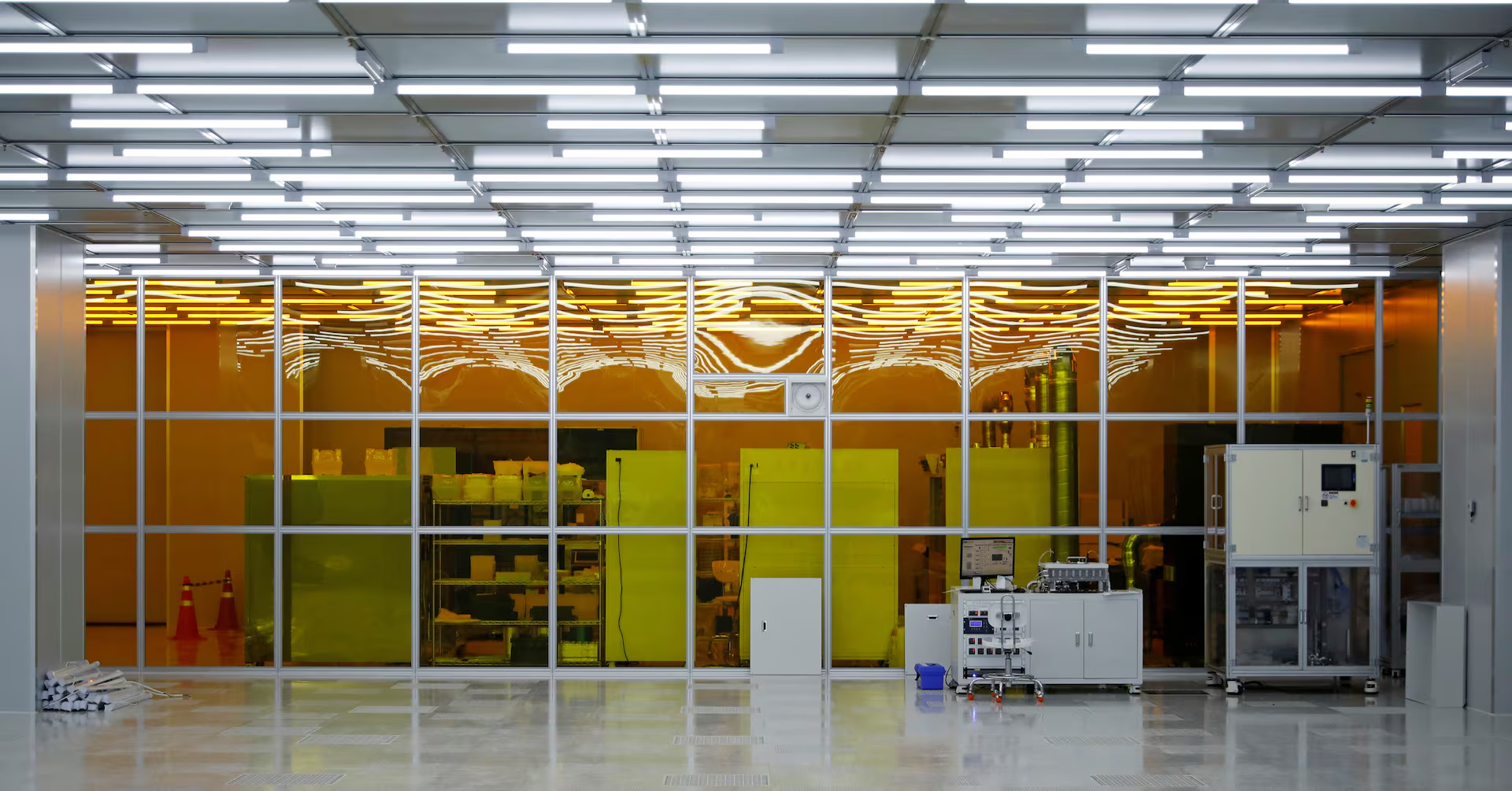In a historic medical and technological milestone, Audrey Crews, a woman paralyzed for the past 20 years, has regained the ability to use a computer — entirely with her thoughts — thanks to a brain implant developed by Elon Musk’s company Neuralink.
Crews, who was left a quadriplegic after a devastating car accident at age 16 that damaged her C4 and C5 vertebrae, made headlines after posting her first handwritten signature in two decades on X (formerly Twitter), writing: “I tried writing my name for the first time in 20 years. I’m working on it. Lol.”
Using Neuralink’s brain-computer interface (BCI), Crews controlled a purple-colored cursor pen with her thoughts to write “Audrey” on the screen in cursive. The achievement marked a significant step forward in the use of neural technology to restore basic digital interactions for those with severe mobility impairments.
This month, Crews became the first woman and ninth person globally to receive Neuralink’s N1 implant, a quarter-sized device surgically placed on the motor cortex of her brain. Surgeons at the University of Miami Health Center implanted 128 ultrafine threads — each thinner than a human hair — embedded with over 1,000 electrodes that detect the brain’s electrical signals when thoughts of movement occur.
These neuron spikes are wirelessly transmitted via Bluetooth to a computer or smartphone running Neuralink’s software, which then translates the signals into real-time actions — such as moving a cursor, clicking, typing, or drawing — purely through mental intent.
Since the procedure, Crews has showcased her ability to draw hearts, rainbows, and faces, and use a digital keyboard, all by thought alone. “Imagine your pointer finger is left click and the cursor [movement] is with your wrist, without physically doing it. Just a normal day using telepathy,” she said.
Responding to overwhelming support online, Crews expressed her excitement and hope. “I feel liberated,” she said, adding that she now plans to write a book about her life journey as a quadriplegic and her experience with Neuralink. “Not in all my wildest dreams, but the future is here,” she told followers.
Neuralink was co-founded in 2016 by Elon Musk along with a team of neuroscientists, engineers, and roboticists. The company’s goal is to merge human consciousness with artificial intelligence, treat complex neurological disorders, and eventually enhance human capability.
While the implants don’t yet allow for walking or full-body movement, they offer a groundbreaking level of independence for people with paralysis. Musk celebrated the achievement online, saying: “She is controlling her computer just by thinking. Most people don’t realize this is possible.”
Crews follows Noland Arbaugh, Neuralink’s first human trial participant, who had previously shown progress before technical adjustments were required due to retracted brain threads. The technology remains in its early stages but has already opened new possibilities for human-machine interaction — and restored hope to those who thought autonomy was beyond reach.



